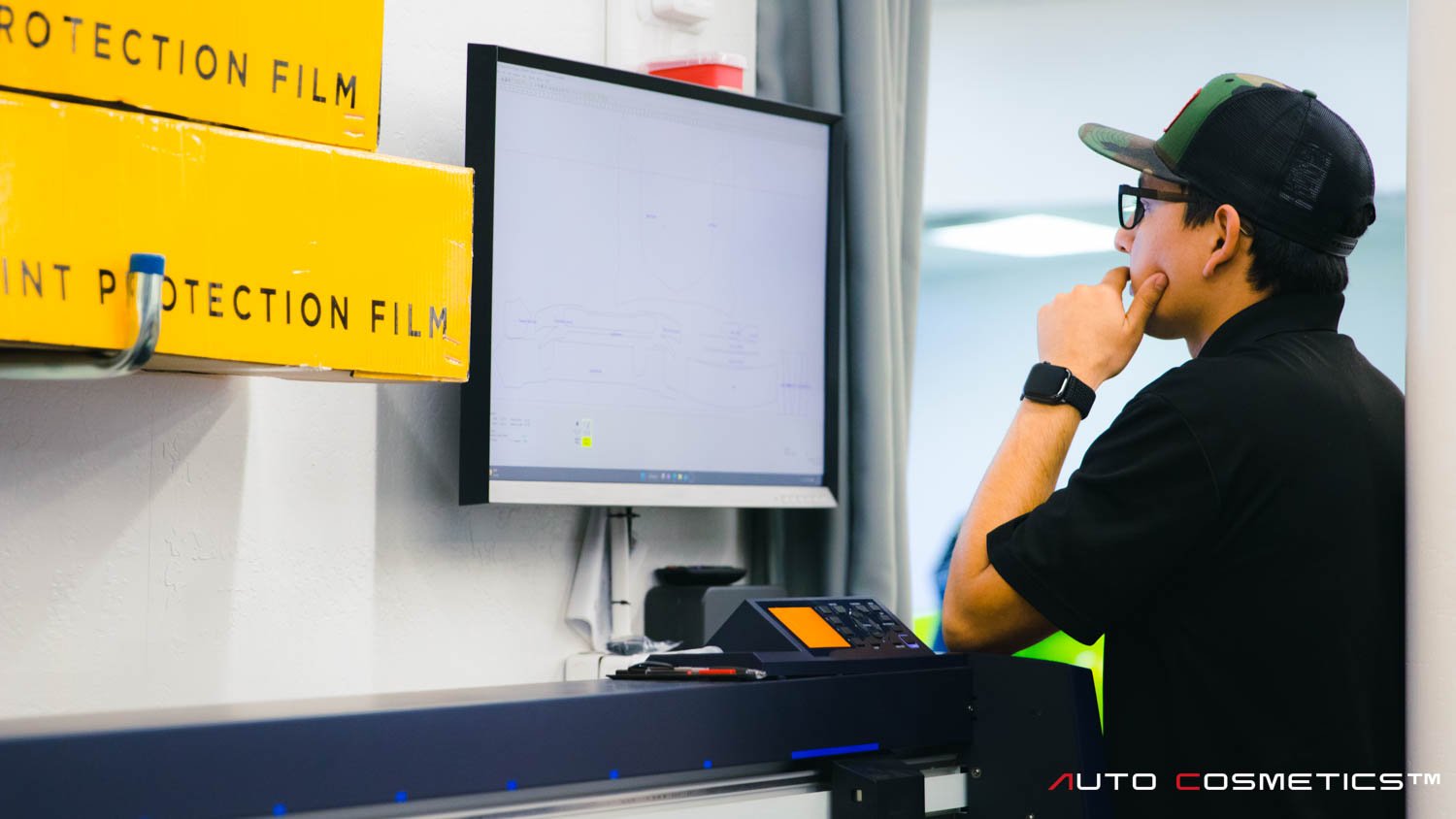Understanding Automotive Paint Protection Film and its History

Automotive Paint Protection Film (or PPF) is a thin and durable clear urethane material designed to protect the paint and finish of a vehicle. The film is applied to the vehicle's painted surfaces to provide a protective barrier against environmental hazards such as road debris, bird droppings, tree sap, and other corrosive elements. It is available in a variety of thicknesses and colors and can be applied to any exterior surface of the vehicle.
PPF was first developed in the early 1990s by 3M, the leading manufacturer of the film. Since then, other companies have developed their own PPF products, which vary in quality, durability, and cost. The purpose of PPF is to protect the paint of a car from the elements. It helps to prevent scratches, chips, and fading, and can be applied to both new and pre-owned vehicles. PPF is also highly resistant to UV rays, which can cause fading or discoloration of the paint. PPF is commonly used on luxury cars, where paint protection is especially important. It is also used on everyday vehicles, such as family cars, to keep the paint looking new for longer.
The application of PPF is not something that can be done by the average consumer. It requires special training and the use of specialized equipment in order to ensure that it is applied properly and evenly. The history of PPF is still relatively short, but it has already proven to be an invaluable tool for vehicle owners looking to preserve the beauty of their cars. With its ability to protect the paint and finish of a vehicle, PPF is quickly becoming one of the most popular ways to protect a vehicle's exterior.
How was PPF discovered, and when it started to be widely used?
Paint protection film was first discovered in the late 1960s by the 3M Company. The film's original purpose was to protect the USAF F-4 Phantom jet fighter's leading edges from abrasion, and other damage caused by sand and debris kicked up during take-off and landing.
Over the next decade, 3M continued to develop the technology, and by the late 1970s, the product was ready for commercial use. The first paint protection film was a clear urethane film with a special adhesive that would protect the paint of cars from scratches, chips, and other damage.
In the 1980s, paint protection film began to be widely used on a variety of surfaces, including cars, boats, motorcycles, and aircraft. The film was especially popular among car enthusiasts who wanted to protect the paint job on their vehicles.
In the 1990s, paint protection film technology advanced to include new features such as self-healing properties, where the film would repair itself after being scratched or damaged. This led to even greater popularity for the film, and it is now widely used on a variety of surfaces.
Today, paint protection film is used on cars, motorcycles, boats, aircraft, and even cell phones and tablets. It is a popular choice among car enthusiasts who want to protect their vehicles from the elements and keep their paint job looking great.
Auto Cosmetics Offers Expert Paint Protection Film Installations
LEARN MOREIs PPF Worth It?
Whether paint protection film on cars is worth it depends on the individual and their needs. It can be a great way to protect a vehicle's exterior from scratches, chips, dings, UV rays, dirt, and other environmental hazards. It can also be an excellent investment if you plan to keep the car for a long time, as it can help maintain the paint job for years to come. However, the cost can be significant, and some people may find that the benefits don't outweigh the cost. Ultimately, it is up to each individual to decide if paint protection film is worth it for their specific needs.
